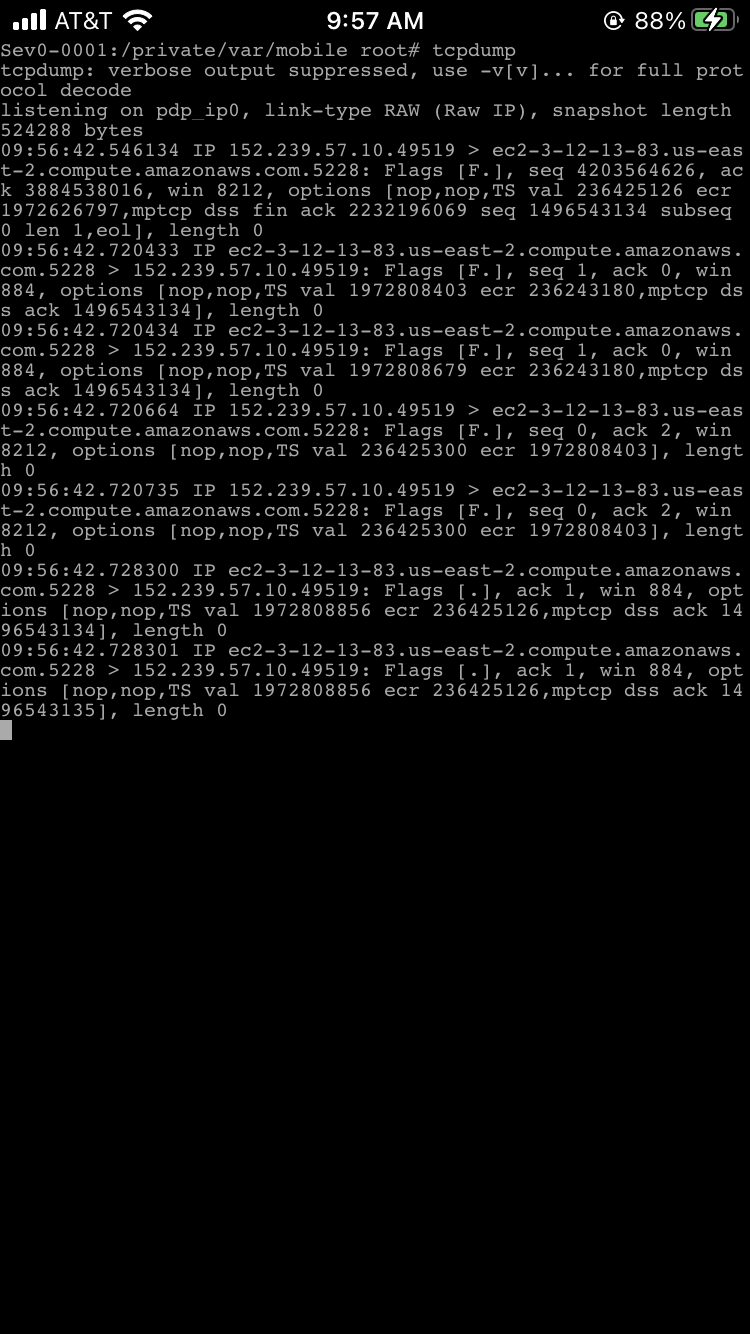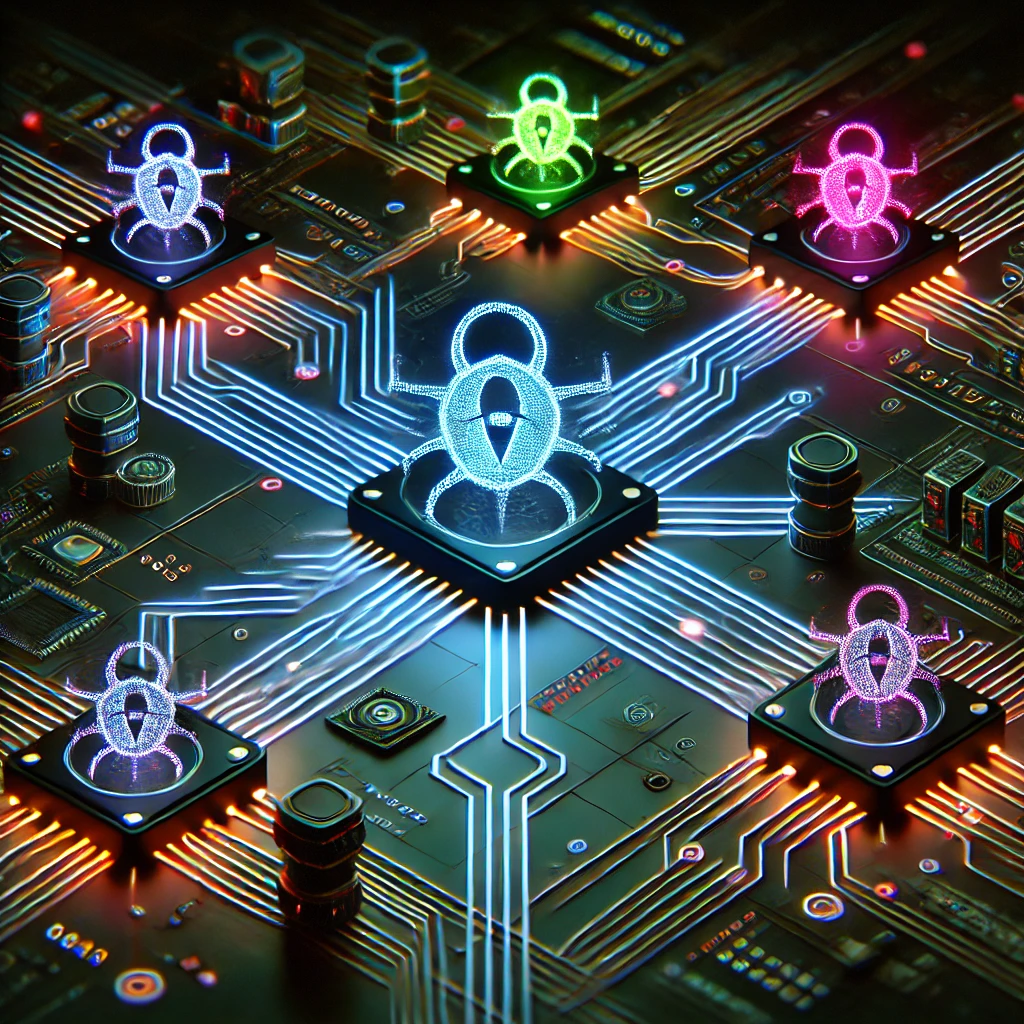Businesses must adopt frameworks that help protect data, manage risks, and meet compliance requirements.
For organizations looking to strengthen their cybersecurity posture, NIST cybersecurity frameworks are essential. This guide introduces key NIST frameworks, explains their purpose, and outlines how they can enhance your organization’s security.
What is NIST, and Why Are Its Frameworks Important?
The National Institute of Standards and Technology (NIST) is a U.S. federal agency that develops standards and guidelines to help organizations improve their cybersecurity. NIST frameworks are widely adopted for their comprehensive approach to identifying, managing, and mitigating cybersecurity risks. Businesses across sectors, from healthcare to finance, rely on NIST to structure their cybersecurity programs and meet regulatory standards.
NIST’s cybersecurity frameworks are designed to provide organizations with a flexible, repeatable, and measurable approach to managing cybersecurity risks.
Key NIST Frameworks for Cybersecurity
NIST Cybersecurity Framework (NIST CSF):
Created for critical infrastructure organizations, the NIST CSF provides a high-level, strategic approach to cybersecurity risk management that is adaptable to any organization.
Core Functions:
- Identify: Understand your assets, risks, and vulnerabilities.
- Protect: Implement safeguards like access controls and employee training.
- Detect: Set up monitoring systems to identify cybersecurity events.
- Respond: Develop a response plan for detected incidents.
- Recover: Plan for restoration of services after an attack.
How it Helps: NIST CSF is ideal for beginners because it provides a structured approach to managing cybersecurity risks, making it an excellent starting point for organizations new to formal cybersecurity programs.
NIST SP 800-30 – Risk Assessment Framework:
NIST SP 800-30 is focused on conducting risk assessments, which help organizations identify vulnerabilities and assess their impact on business operations.
Process Steps:
- Prepare: Define the scope and goals of the risk assessment.
- Conduct Assessment: Identify threats, vulnerabilities, and analyze risk likelihood and impact.
- Communicate Results: Share findings with relevant stakeholders.
- Monitor and Review: Regularly update the risk assessment to reflect changing threats
How it Helps: For businesses needing to understand specific threats and vulnerabilities, NIST SP 800-30 is essential. It’s particularly useful for businesses in regulated industries that need documented risk assessments.
NIST SP 800-53 – Security and Privacy Controls:
NIST SP 800-53 provides a catalog of security and privacy controls that organizations can apply to protect their systems and data.
Control Categories:
- Access Control: Restrict access based on roles and need-to-know.
- Audit and Accountability: Track system events and maintain logs.
- System and Communications Protection: Secure network communications and configurations.
- Personal Security: Define policies for background checks and access.
How it Helps: NIST SP 800-53 is a powerful tool for developing a comprehensive cybersecurity program, helping organizations identify and implement specific controls that align with their risk profiles.
NIST SP 800-37 – Risk Management Framework (RMF):
The Risk Management Framework (RMF) integrates security and risk management into the system development life cycle, guiding organizations from planning to continuous monitoring.
RMF Steps:
- Categorize: Identify and categorize information systems.
- Select Controls: Choose security controls based on risk level.
- Implement: Apply and document security controls.
- Assess: Evaluate control effectiveness.
- Authorize: Authorize the system for operation based on risks.
- Monitor: Continuously monitor security postures.
How it Helps: NIST SP 800-37 is ideal for organizations that want an end-to-end risk management process, especially useful for businesses that handle sensitive data.
Benefits of Implementing NIST Frameworks
- Improved Cybersecurity Posture: NIST frameworks provide a structured approach that helps businesses understand and address their cybersecurity weaknesses.
- Regulatory Compliance: Many compliance standards reference NIST frameworks, making them valuable for organizations in regulated industries like healthcare, finance, and government.
- Enhanced Risk Management: NIST frameworks emphasize risk assessment, helping businesses prioritize resources effectively to protect critical assets.
- Scalable and Customizable: NIST frameworks are designed to adapt to any organization, regardless of size or industry, making them suitable for small businesses and large enterprises alike.
- Guidance for Continuous Improvement: With NIST’s focus on monitoring and assessment, businesses can continuously improve their cybersecurity as new threats emerge.
How to Get Started with NIST Cybersecurity Frameworks
For organizations new to cybersecurity frameworks, here are some steps to get started:
- Assess Current Security Posture: Start by identifying current risks and vulnerabilities. Use NIST CSF or SP 800-30 for a foundational understanding.
- Define Your Cybersecurity Goals: Determine your organization’s specific cybersecurity needs and compliance requirements to select relevant NIST frameworks.
- Implement Framework Controls: Use frameworks like SP 800-53 to establish baseline security controls. Start with high-priority controls that align with your risk profile.
- Regularly Update and Monitor: Cybersecurity is an ongoing process. Periodically reassess and monitor your security posture to stay ahead of evolving threats.
Final Thoughts on NIST Cybersecurity Frameworks
NIST cybersecurity frameworks provide a structured, effective way for businesses to manage cybersecurity risks, meet regulatory standards, and protect valuable data. By understanding and implementing these frameworks, organizations can build a resilient cybersecurity program that adapts to the changing threat landscape.
At Severity Zero, we specialize in guiding businesses through NIST Cybersecurity Framework implementation
Contact us today to learn how we can help your organization adopt a robust security strategy tailored to your needs.







